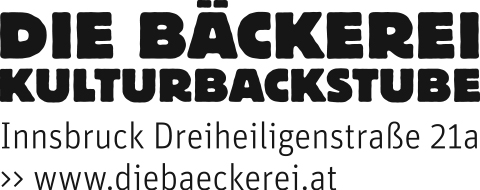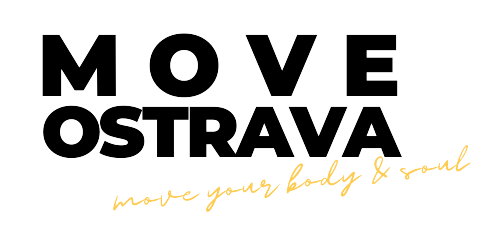Movement Experiential connected to Penguin Metaphors
This part offers a series of movement experientials aligned with specific Penguin metaphors. These experientials are presented as suggestions rather than strict guidelines, encouraging trainers to adapt them to the context and needs of their sessions.
- My Spark & The Penguin Metaphor
- Objective: Connect with our inner spark and identify what nurtures or drains it by heightening body awareness.
- Experientials:
- The Energy Flow Metaphor
- Objective: Understand the concept of energy flow through body movement.
- Experientials:
- The Resonance Metaphor
- Objective: Explore resonance through voice and shared movement.
- Experientials:
- Voice Exercise (audio recording in progress TBE, April 1st)
- Shared Movement
- The Ridge Metaphor
- Objective: Achieve balance, both physically and metaphorically.
- Experiential:
- From Head to Hand to Heart
- Objective: Integrate body, mind, and emotions through movement.
- Experiential:
Experiential Learning: Mapping Personal Attitudes and Connectedness
This part guides Penguin trainers through a reflective exercise aimed at exploring their personal attitudes towards body movement. Through questions and prompts, trainers are encouraged to examine their relationship with movement and its relevance to their role as Penguin trainers.
- Part A: Attuning to Your Body
- Body Scan: Begin by tuning in to your body. How do you feel right now?
- Recall TtT Workshops: Reflect on past TtT workshops and online sessions. What sensations, feelings, images, and thoughts come to mind?
- Favorite Movement Activities: Imagine engaging in your favorite movement activities, such as stretching in bed or taking a walk. What sensations, feelings, images, and thoughts arise?
- Body Scan Redux: Pay attention to any changes in your body after going through these exercises.
- Engagement in Movement Experientials: Reflect on your experience with movement experientials during the TtT program. Is it useful for you, considering your attitude towards body and movement as a Penguin trainer? Why?
- Perception of Body in Movement: How do you perceive your body in movement and dance? How do you utilize your body-in-movement while working, recovering, or communicating with others?
- Differentiating Movement and Dance: Define the difference between movement and dance from your perspective. Consider how non-verbal expression communicates meaning and what your everyday dance looks like, as well as the dances of those around you.
What to take care of when working with movement experiential
In this section, we outline important factors to consider when incorporating movement experientials into training sessions. Topics include the importance of personal experience, safety measures, creativity in connection-building, and the significance of allowing space for reflection and integration.
- Try It Out: Always try out movement interventions yourself before implementing them with others. Consider potential options, difficulties, and adaptations.
- Mindful Preparation: Prepare the space adequately for movement activities, ensuring safety and comfort.
- Prioritize Safety: Establish safety rules and encourage caution during movement exercises.
- Creativity and Playfulness: Encourage creativity and playfulness in connecting metaphors to movement expressions.
- Respect Individual Experiences: Allow individuals to share their experiences without judgment and prioritize personal meanings over standardized interpretations.
- Less is More: Avoid overwhelming participants with too much movement. Allow ample time for reflection and digestion of the experience.





